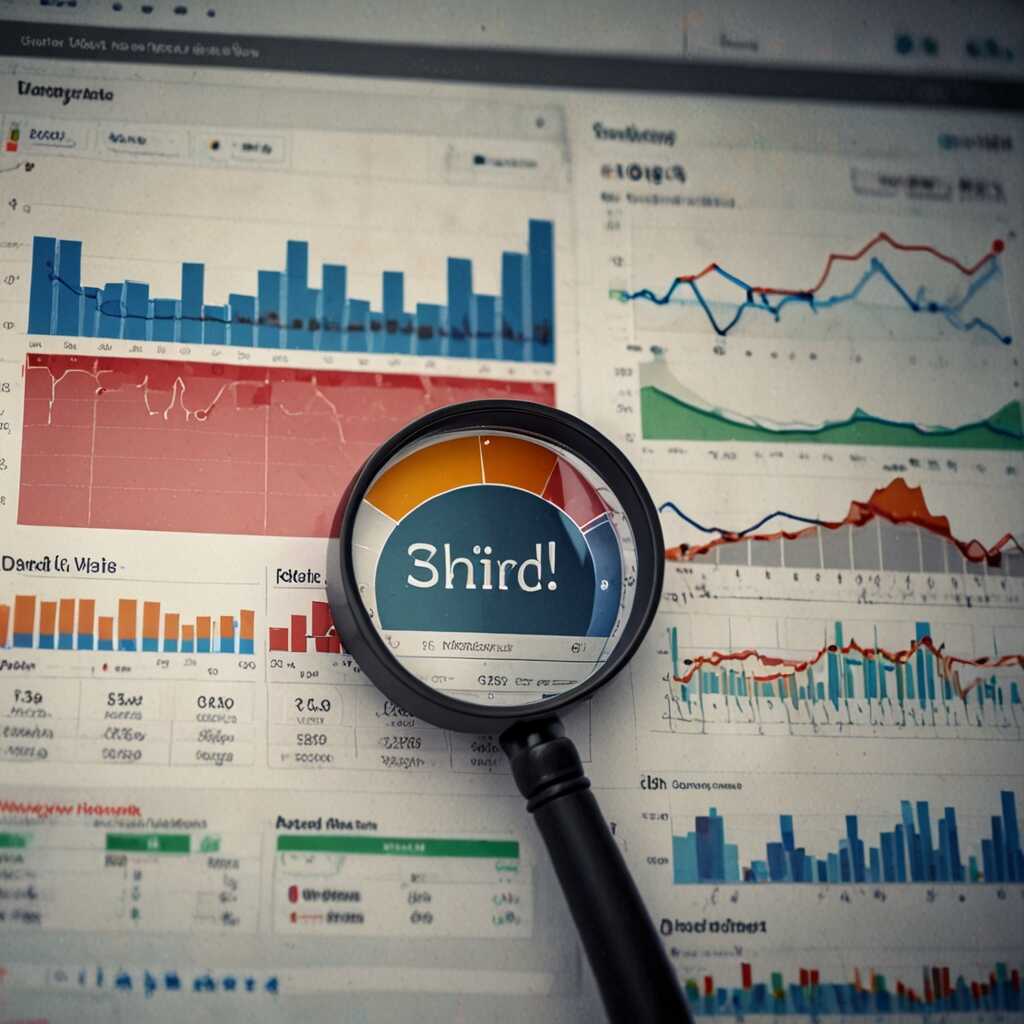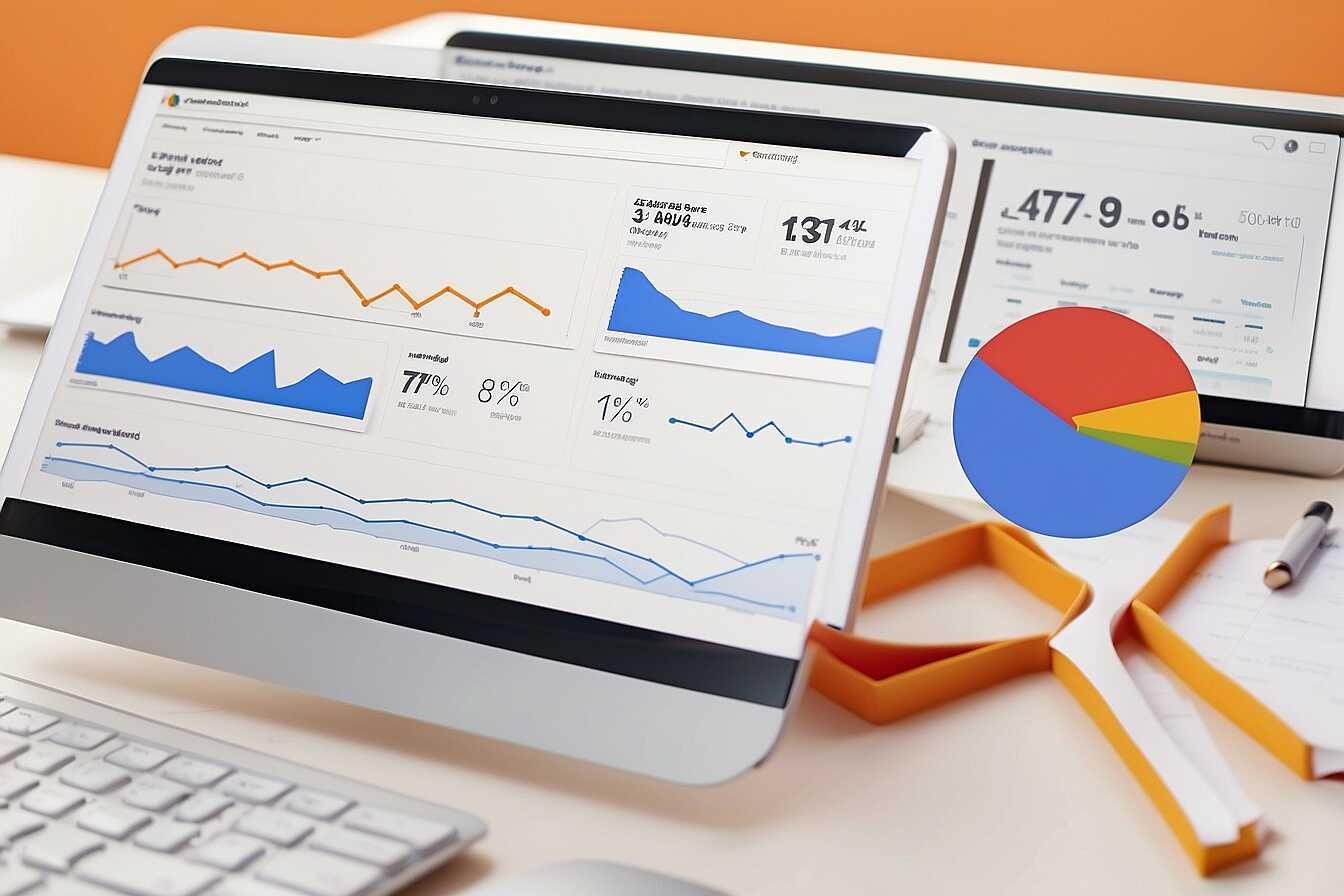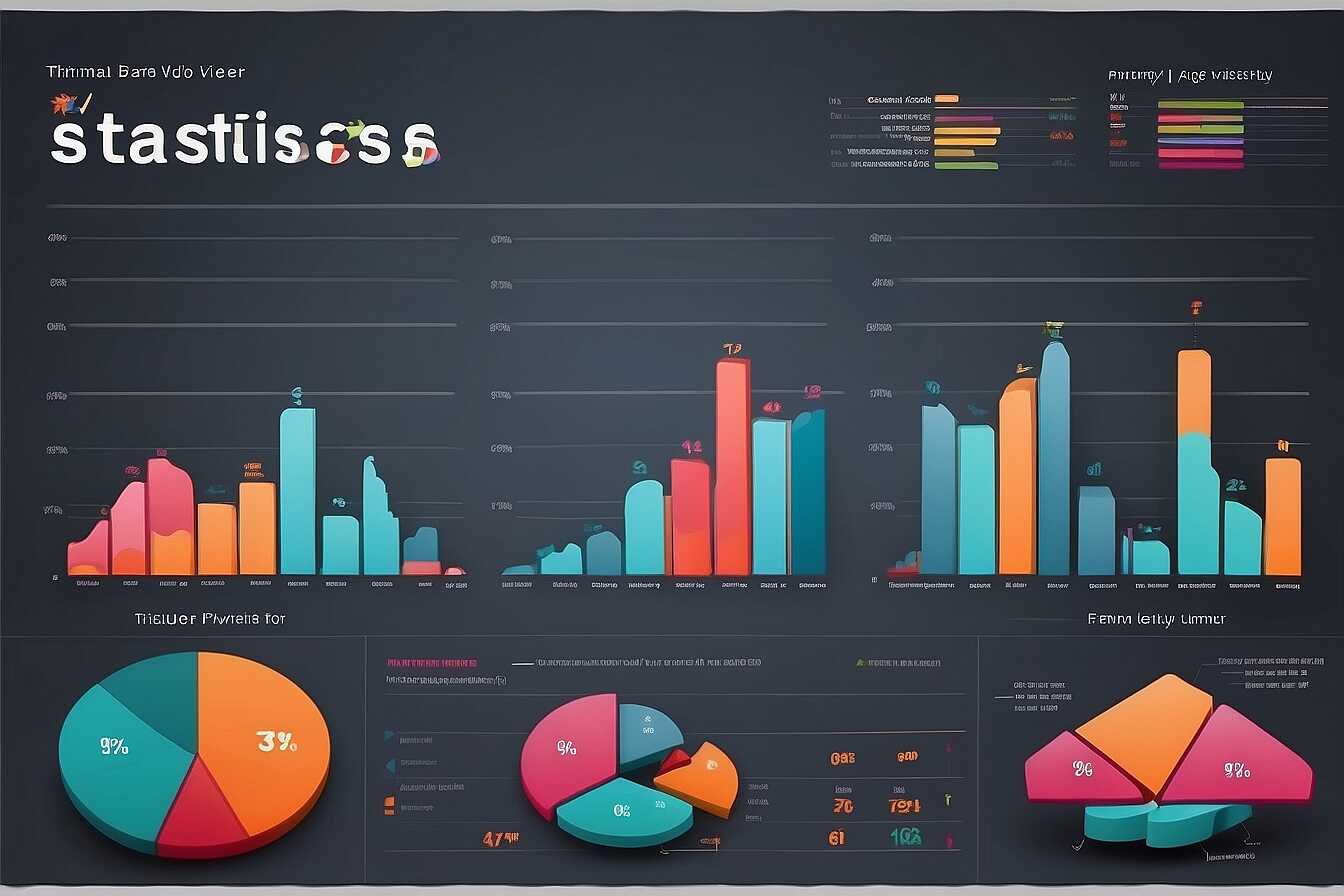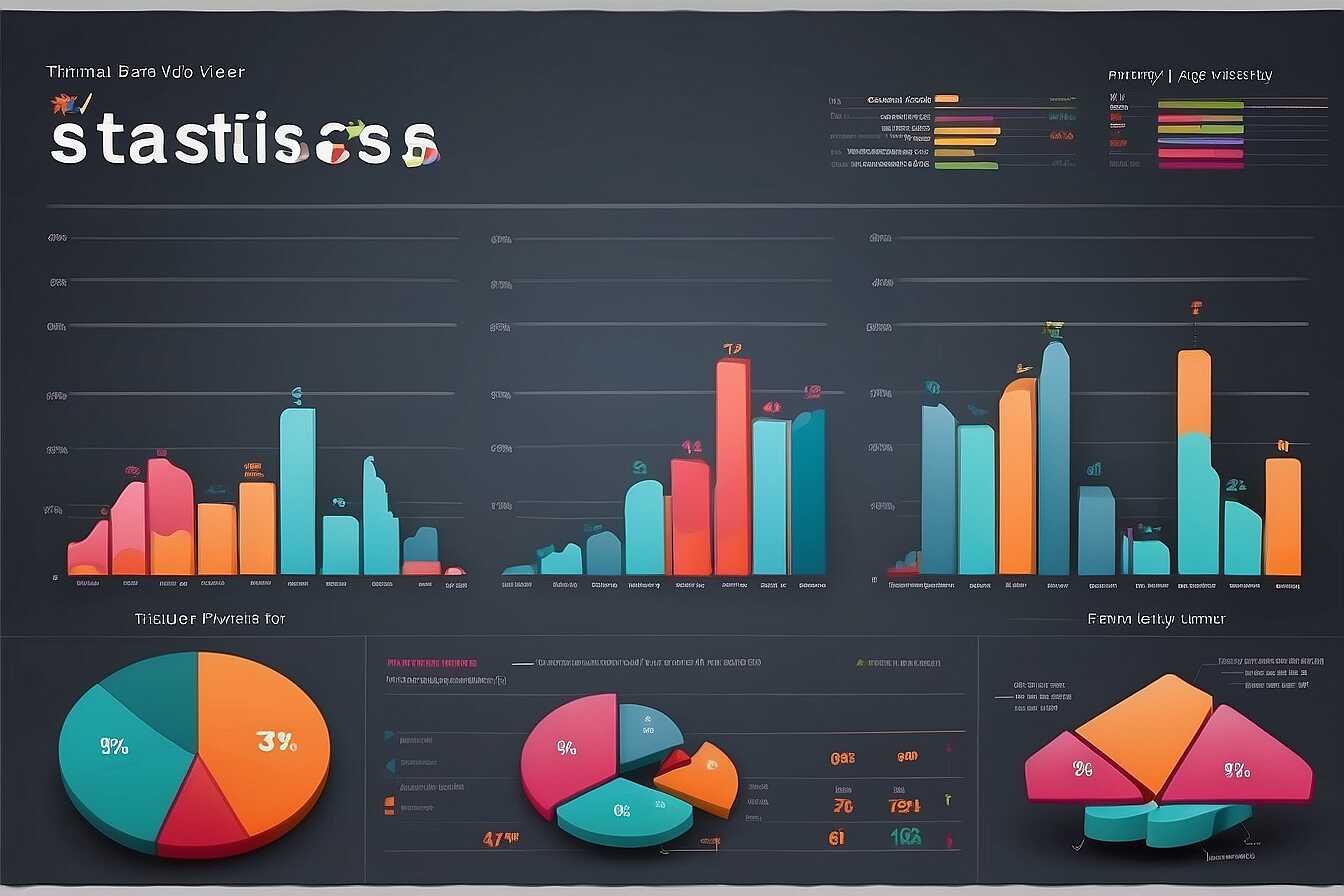Internal linking significantly enhances SEO crawling efficiency and visibility by directing search engines to your most important content. This strategic practice helps create a clear site structure, improving how your website is indexed. At Metrics Rule, based in Vancouver, we harness the power of internal linking to elevate SEO performance and ensure your website ranks effectively on search engines. By understanding and implementing best practices for internal linking, you can better optimize your site’s structure and maximize its visibility.
Defining Internal Linking and Its SEO Importance
Internal linking refers to the practice of linking one page of a website to another page on the same website. This strategy significantly impacts SEO because it enhances both user experience and search engine crawling efficiency. Effective internal linking helps search engines like Google and Bing discover new content, ensuring comprehensive indexing. Moreover, internal links can direct users to relevant information, keeping them on your website longer and reducing bounce rates. This interconnected structure improves your site’s reliability in search results, enhancing overall visibility and ranking.
How Internal Links Affect User Experience
Enhanced user experience is crucial in retaining visitors and improving engagement. Internal links can guide users through your website, offering them valuable content that meets their needs. By simplifying navigation, internal linking helps users find related articles or pages easily, which keeps them engaged. Out of all the traffic sources, studies show that over 30% of website traffic can result from well-placed internal links. Metrics Rule emphasizes using internal linking as a reliable SEO tactic that decreases bounce rates and increases conversions by ensuring users find valuable information effectively.
How Internal Links Influence Search Engine Crawl Budget
Internal links have a significant impact on a site’s crawl budget, defining how often search engines like Google and Bing visit your pages. A well-structured internal linking strategy helps prioritize important pages, ensuring that search engines index them effectively. This strategy is essential for SEO success because it improves the visibility of critical content. By linking to high-quality pages, you guide search engines toward content that adds value to your site. This method enhances crawl efficiency and improves indexing by directing crawlers to essential sections, thus optimizing overall site performance.
Best Practices for Internal Linking Optimization
To enhance your internal linking strategy, begin by assessing the structure of your website. Use a clear hierarchy to connect pages, prioritizing high-value content. Aim for an optimal number of internal links on each page; typically, 3 to 10 links is effective for balancing user experience and SEO. Ensure links are contextually relevant, which helps search engines understand your site’s topics better. Regularly review and update links based on analytics data to maintain their effectiveness. By employing these best practices, you can significantly improve search engine efficiency, ensuring that vital pages receive the attention they need for maximum visibility.

Creating an Effective Internal Linking Strategy
An effective internal linking strategy includes key elements such as link placement, anchor text optimization, and user experience. To enhance SEO performance, you should strategically position links within your content to guide users and search engines. Properly chosen anchor text improves relevancy signals to search engines and assists with indexing various content types. For optimal performance, aim for around 3 to 5 internal links per page, balancing between user navigation and SEO effectiveness.
Best Practices for Link Placement and Anchor Text Usage
When considering link placement, always prioritize user experience. Place internal links naturally within your content to create a smooth navigation flow. The anchor text should reflect the destination page’s topic accurately, improving relevancy. For example, using phrases like “SEO performance enhancement” as anchor text can enhance the context for both users and search engines. This balanced approach not only improves your website’s indexing efficiency but also elevates overall user engagement, ensuring visitors find related content easily.
Numerical Insights into Site Navigation and Discoverability
- Studies show that internal links improve indexing efficiency by up to 40%.
- Search engines can discover about 50% of new pages through internal linking.
- Websites with strong internal linking see a 70% increase in page visits.
- Pages with five or more internal links rank, on average, 10 positions higher.
- Research indicates that 83% of organic search traffic goes to well-linked pages.
- Internal links can reduce the bounce rate by up to 35% on average.
- Overall, a well-structured link can increase conversion rates by around 15%.

Link Equity and Its Effect on Page Ranking
Link equity refers to the value passed from one page to another through hyperlinks. This concept is crucial for SEO as it helps in distributing authority throughout a website. Internal linking plays a significant role in this process, enabling the flow of link equity to key pages. By strategically interlinking related content, you improve the chance of those pages ranking higher in search engine results. It is essential to understand that typically, an internal link can pass around 90% of its authority to another page, enhancing its visibility and indexing performance.
Understanding Internal Link Structure for Better SEO
The internal link structure of your website is vital for optimizing link equity distribution. A well-designed internal linking strategy connects relevant pages, making it easier for search engines to crawl and index your site effectively. For instance, if you have a blog focused on e-commerce in Vancouver, linking articles that relate to SEO strategies or keyword research can help consolidate link equity. This approach not only enhances page ranking but also ensures that related content is easily discoverable by your audience. Moreover, using keyword-relevant anchor text in these links can further improve SEO performance by reinforcing the topic relevance of your pages.

Mistakes That Compromise Internal Linking Effectiveness
Common mistakes in internal linking include using irrelevant anchor text, creating long link chains, and neglecting to add links to new content. Such errors can reduce your website’s SEO crawling efficiency and visibility since search engines may struggle to understand the page hierarchy. Additionally, not linking related content diminishes user experience, leading to higher bounce rates and lower engagement. To pinpoint these issues, perform regular audits of your internal linking strategy and monitor metrics like click-through rates on linked pages.
How to Identify and Resolve Internal Linking Issues
To enhance your internal linking practices, start by reviewing your website’s structure. Use tools to analyze which pages lack internal links or have broken links. Identify pages with high traffic and consider adding links to underperforming pages. This strategy helps distribute link equity efficiently, improving the chances of crawling and indexing critical content. Regularly updating your internal links as you publish new articles can significantly boost your SEO performance. Implementing effective internal linking enhances user experience, leading to improved rankings in search engines like Google and Bing.
Advantages of a Cohesive Hyperlink Structure
- Improved site structure allows search engines to crawl efficiently.
- Better contextual relevance between pages increases user engagement.
- Internal links can distribute page authority across the site effectively.
- Enhanced crawling efficiency results in faster indexing of new content.
- It creates an organized navigation experience for users and search engines.
- Internal linking helps to keep visitors longer on the website, reducing bounce rates.
- Effective internal linking strategies contribute to a stronger SEO performance.

Leveraging Internal Links for Improved User Engagement
Internal links enhance user engagement by boosting content discoverability. When structured wisely, these links help guide site visitors through related articles and resources, attributing to a cohesive content journey. For instance, an effective internal linking strategy can encourage users to explore more pages, reducing bounce rates significantly. Additionally, studies reveal that visitors may view up to 30% more pages when internal links are utilized effectively. Internal links can also improve a website’s overall SEO by enhancing its structure and providing clear pathways for search engines like Google to index.
Strategies for Effective Internal Linking
To create a reliable internal linking strategy, focus on variety and context. Use descriptive anchor texts that indicate the content of the linked page. This helps users know what to expect when they click a link. Group related topics together, and ensure that important pages are easily accessible through your website’s navigation. Consider placing internal links within the body of your content as well as in navigation menus. By analyzing user behavior through tools like Google Analytics, you can adjust your internal linking strategies for maximum effectiveness, ultimately enhancing the user experience and improving website performance.
Evaluating Your Internal Linking Performance
To assess the effectiveness of your internal linking strategy, start with reliable tools such as Google Analytics, Screaming Frog, and Ahrefs. These platforms provide essential insights into website performance and help you analyze user behavior, showing how internal links drive traffic to various pages. You should test your internal links’ effectiveness by reviewing click-through rates and tracking how users navigate through your site. This data will enable you to identify areas for improvement. For instance, an optimal number of internal links per page is generally considered to be between 3 to 7, which enhances SEO and ensures better crawling by search engines.
Tools for Measuring Internal Linking Efficiency
To maximize the effectiveness of internal linking, you should utilize tools specifically designed for internal link performance evaluation. Google Search Console is excellent for analyzing indexing issues and showing how your internal links influence crawling efficiency. Tools like Moz and SEMrush offer comprehensive reports that include keyword effectiveness and page authority, allowing you to conduct a direct SEO tools comparison. By integrating data from these tools, you can easily enhance your internal linking strategy for better search engine visibility, leading to improved performance metrics and higher rankings on Google and Bing.
Organizations and Groups Benefiting from Link Optimization
- Content creators benefit greatly from internal links as they boost engagement.
- Website owners can monetize their platform better through improved traffic.
- Bloggers who use internal links often see greater article visibility.
- E-commerce sites gain sales through enhanced product link strategies.
- Non-profits use internal links to share resources effectively with supporters.
- Education websites can improve access to materials using smart linking.
- Digital marketers utilize internal links to refine SEO and boost client rankings.
Looking Ahead: Internal Linking Trends in SEO
The future of internal linking strategies for SEO in 2025 is driven by the need for enhanced efficiency in crawling and indexing. Key emerging trends include the increased use of AI for optimizing internal links, adaptive linking based on user behavior, and a refined focus on contextual linking. These trends are designed to improve website visibility and enhance indexing efficiency, as search engines continue to evolve their algorithms. Tactics like siloing can significantly impact website structure and allow for better indexing, while contextual linking enables a more natural flow of information, meeting user intent. Studies suggest that implementing these strategies can lead to a 20% increase in search engine rankings, demonstrating their effectiveness in the competitive SEO landscape.
Understanding Contextual Linking and Its Benefits
Contextual linking is an essential internal linking strategy that connects relevant content. This method improves SEO by providing search engines with clear context about your pages’ relationships. By ensuring that links are placed within relevant content, you enhance user experience and engagement. This practice helps direct users to related topics, improving time on site and reducing bounce rates. Additionally, search engines recognize high-quality contextual links, leading to better crawling and indexing of your website. Implementing contextual linking can boost website authority, making it easier to rank for competitive keywords. In Vancouver’s competitive digital landscape, mastering contextual linking is a great way to stay ahead in SEO.
